This is an article from the USA, but a similar approach to the Australian environment applies also
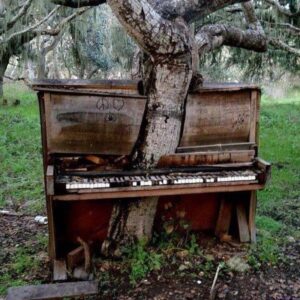
If you’ve ever looked out your window and marveled at all the lush, regal trees serenely swaying in the wind, you probably don’t live in an area that was redlined, according to a new study. It found that red-lined neighborhoods in Baltimore were nine times less likely to have large old trees, as well as diverse species of trees, than other neighborhoods in the city.
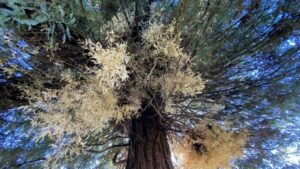
Need a refresher on redlining and why this matters? We got you. In the 1930s, insurance companies drew up city maps to show which neighborhoods were safe to invest in and which weren’t.
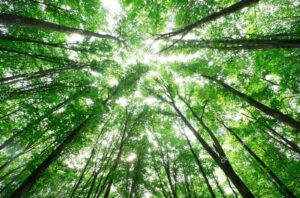
The areas outlined in red were deemed high risk, which meant good luck getting an insurance company to issue you a mortgage there.
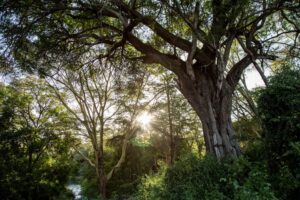
Uncoincidentally, the red neighborhoods were predominantly populated by Black people.
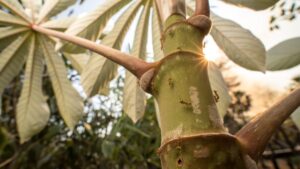
The lack of investment caused by redlining shaped the future of these neighborhoods, and it still affects the health of people living there. The all-concrete-everything environment that’s so common in urban areas may lead to a variety of health issues.
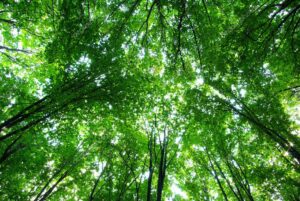
For one, having more trees in urban spaces can remove pollution from the air and cool the air, which will become more and more important as temperatures rise. It’s also well documented that being close to nature and green spaces improves mental health. In fact, it can help you bounce back from stress and mental fatigue.
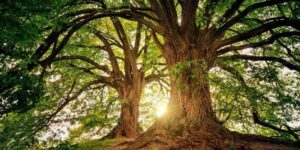
While the effects of redlining have lasted far too long, the study out of Baltimore ended on a positive note: There are many efforts underway in redlined areas to plant trees and invest in suburban development.PLANT A TREE & CONTRIBUTE TO THE FUTURE OF THE PLANET & FAMILIES
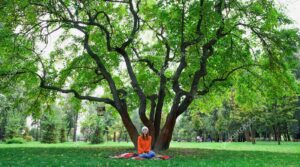
YES, I HAVE MANY ADVANCED TREES IN GROW-BAGS FOR SALE HERE,>> SEARCH SITE
 Any questions or if buying, contact me HERE
Any questions or if buying, contact me HERE


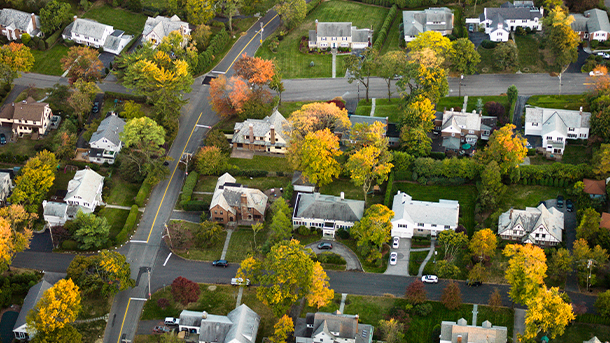
Recent Comments